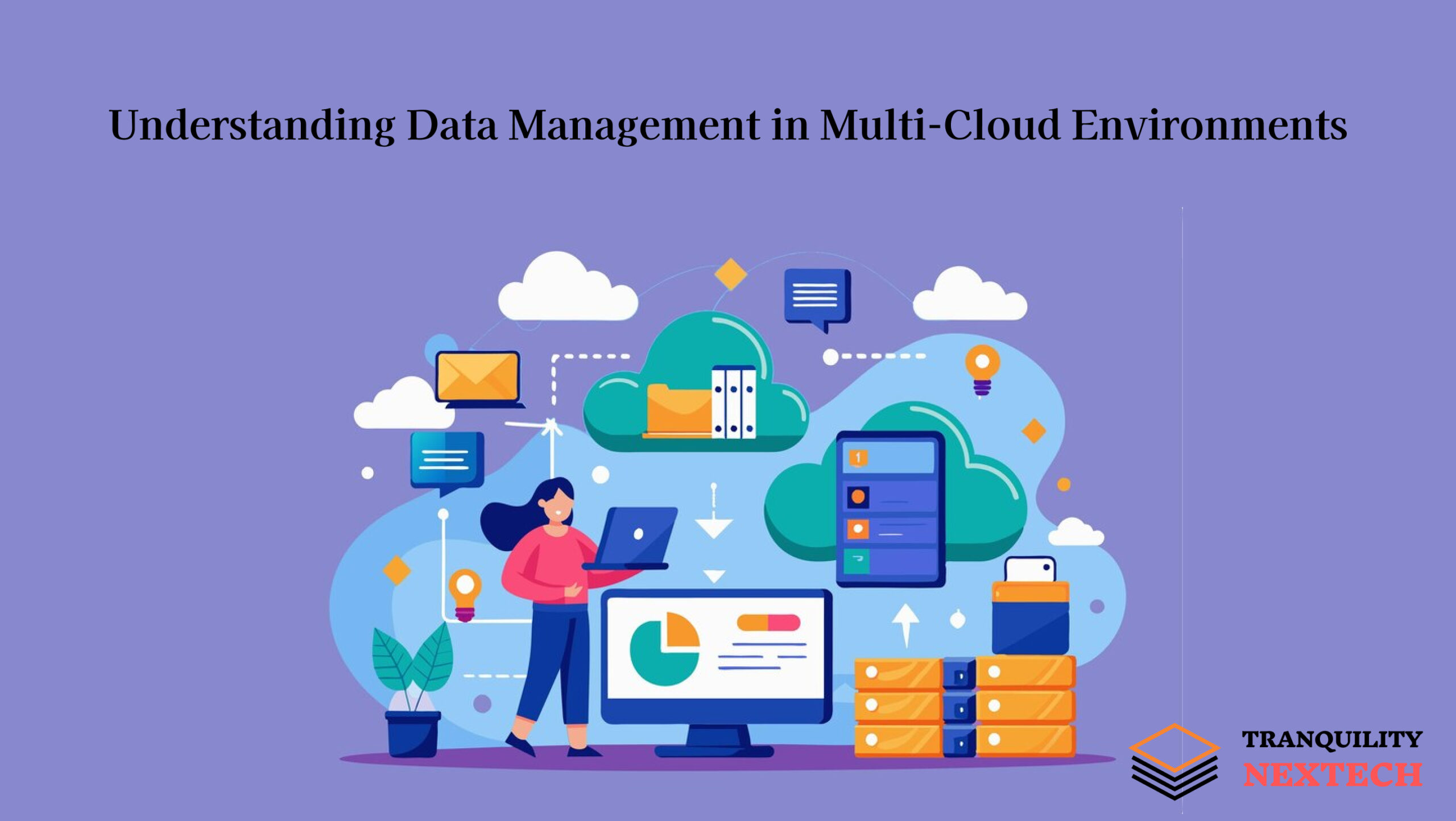What is Terraform?
Terraform is an infrastructure as a code tool that enables users to define and change infrastructure environments with the help of configuration files. Terraform is an open-source infrastructure as code software developed by HashiCorp that lets you safely and predictably create, manage, and update your infrastructure. Infrastructure code allows you to minimize mistakes, guarantee that the state of the infrastructure is always well-defined and managed, and provision resources without the need for many manual actions.
Benefits of Using Terraform
Using Terraform provides several key benefits:
- Consistency: Infrastructural code management is beneficial when it defines which state your infrastructure is supposed to be in at any one time. This lowers the risk of a difference between system configuration and intended configuration and assists in managing a complex environment.
- Reusability: It also has the feature of creating meaningful modules that can be used from one project to the other and from one team to another. This leads to best practices, and configuring a new environment takes a shorter period of time.
- Multi-Cloud Support: They do support multiple providers, including AWS, Microsoft Azure, Google Cloud, and Oracle Cloud. This lets you control your infrastructure regardless of where it is located in the cloud.
- Automation: It is a declarative language that allows you to configure and manage the infrastructure automatically. This helps minimize the amount of work done by hand and saves time when provisioning new resources.
- Collaboration: Terraform has the potential to allow teams to collaborate, as the application uses version control systems to handle the teams’ infrastructure code. This helps maintain accountability and transparency in the manner in which infrastructure changes are being managed.
Getting Started with Terraform
To get started with Terraform, follow these basic steps:
- Install Terraform: To set up Terraform on Linux, Windows, and macOS, download the binary from the Terraform Installation Guide and follow the platform-specific instructions to continue.
- Create a Configuration File: Create a configuration file, usually with the .tf extension, that specifies how the infrastructure should be in the desired state. This file defines the resources that you wish to create and their characteristics.
- Initialize the Working Directory: Execute the ‘terraform init’ to bootstrap the working directory that you intend to use. This command installs the provider plugins for the provider that you will be using and prepares the environment for the Terraform to execute.
- Plan and Apply Changes: The ‘terraform plan’ command will give an execution plan showing Terraform the changes it will make to your infrastructure. Once the plan has been completed, use ‘terraform apply’ to provision or change the resources stated in the configuration file.
- Manage Infrastructure State: Terraform maintains the state of the infrastructure in a state file. This file ensures that the parameters in your application correspond to those in real-world situations. Make sure that this state file is saved and well protected, and when making changes, use version control.
Terraform Security
When working with infrastructure as code in DevOps, it’s essential to follow best practices to ensure reliability and security:
- Version Control: It is recommended that Terraform be configured as version control software such as Git. This lets you work with your colleagues and monitor the progress of changes.
- State Management: Always keep your state files in check. Preferably, use Remote Backends like AWS’s S3 bucket or Consul of HashiCorp.
- IaC Security: Adopt good practices, such as ensuring secrets in transit are encrypted, using secrets management tools when dealing with such information, and effectively scanning configurations for defects.
Components for Terraform
Several components are integral to using Terraform effectively:
- Providers: Terraform employs providers to work with cloud services and providers and, in general, with services. All the providers provide resources that you can manage using Terraform. Typically, it involves AWS, Azure, Google Cloud, Oracle Cloud providers, and more.
- Resources: Resource is defined as the foundation of people’s infrastructure. Each resource is an element of a component, which can be a virtual machine, a database, a network, and so on.
- Modules: A module can be described as an organized assembly of configuration files that come as packages. That is why they allow you to encapsulate configurations and share them between projects.
- State File: The state file records the current status of the infrastructure and provides the configurations. Terraform uses this file when planning and applying changes.
- Configuration Files: These files help people define the conceptual model or end state that they want to achieve for their infrastructure. They are written in HashiCorp Configuration Language (HCL) or JSON.
Best Practices for Using Terraform
Adopting best practices is essential for effective use of Terraform:
- Modularize Your Code: Subdivide your configuration into modules so there is code sharing, and it is easier to work with.
- Use Remote State Storage: One should store the state file in a remote backend, such as AWS S3 or Terraform Cloud, for teamwork purposes and to ensure a fresh state after running the command.
- Implement IaC Security: Make sure that the infrastructure code conforms to the security principles. Specific utilities and applications, such as Sentinel or TFSec, should administer security policies.
- Version Control: Commit your Terraform configurations to a version control system; a good one is Git. This allows for collaboration and has audit and rollback features.
- Test Your Configurations: Periodically apply the configurations to Terraform practice labs or local environments you have set up before implementing them live. As this occurs, different mistakes are prevented early, and thus, the circuits ensure reliability.
Integrating Terraform with Other IaC Tools
While Terraform is a powerful tool, integrating it with other infrastructure as code tools can enhance your infrastructure management capabilities. For example, using Pulumi allows you to write your infrastructure code in programming languages like Python, JavaScript, and Go. Combining Terraform with Ansible infrastructure as code can help automate configuration management tasks.
Terraform automation can be further enhanced by integrating it with CI/CD pipelines. This would also enable you to automatically and consistently promote your defined infrastructure changes through the same application specification test and approval pipeline your application code uses.
Advanced Terraform Use Cases
Terraform’s flexibility allows for advanced use cases, such as:
- Terraform Oracle Cloud: Provision and manage resources in Oracle Cloud with Terraform.
- Terraform Practice Labs: Create practice environments to test and refine your Terraform skills.
- Ansible Integration: Combine Terraform with Ansible for configuration management, enhancing your infrastructure automation capabilities.
Conclusion
Terraform is a versatile and powerful tool for managing infrastructure as code. By following best practices and integrating it with other IaC tools, you can achieve greater consistency, automation, and security in your infrastructure management. Start with the basics, experiment in Terraform practice labs, and gradually incorporate advanced techniques to master the use of Terraform in your infrastructure workflows.
FAQs
- What is Terraform?
- Terraform is an open-source infrastructure as code tool developed by HashiCorp that allows users to define and manage infrastructure environments using configuration files.
- What are the benefits of using Terraform?
- Terraform offers consistency, reusability, multi-cloud support, automation, and collaboration, enhancing infrastructure management efficiency.
- How do I get started with Terraform?
- Install Terraform, create a configuration file, initialize the working directory, plan and apply changes, and manage the infrastructure state.
- What are the best practices for using Terraform?
- Best practices include modularizing code, using remote state storage, implementing IaC security, version control, and testing configurations.
- What infrastructure packages does Tranquility Nextech offer?
- Tranquility Nextech offers comprehensive infrastructure packages, including setup and management solutions for various cloud providers using Terraform.
If you have any queries or require business-related IT solutions, please reach out to us at: shan@tranquilitynxt.com
- Tranquility Nextech offers comprehensive infrastructure packages, including setup and management solutions for various cloud providers using Terraform.








